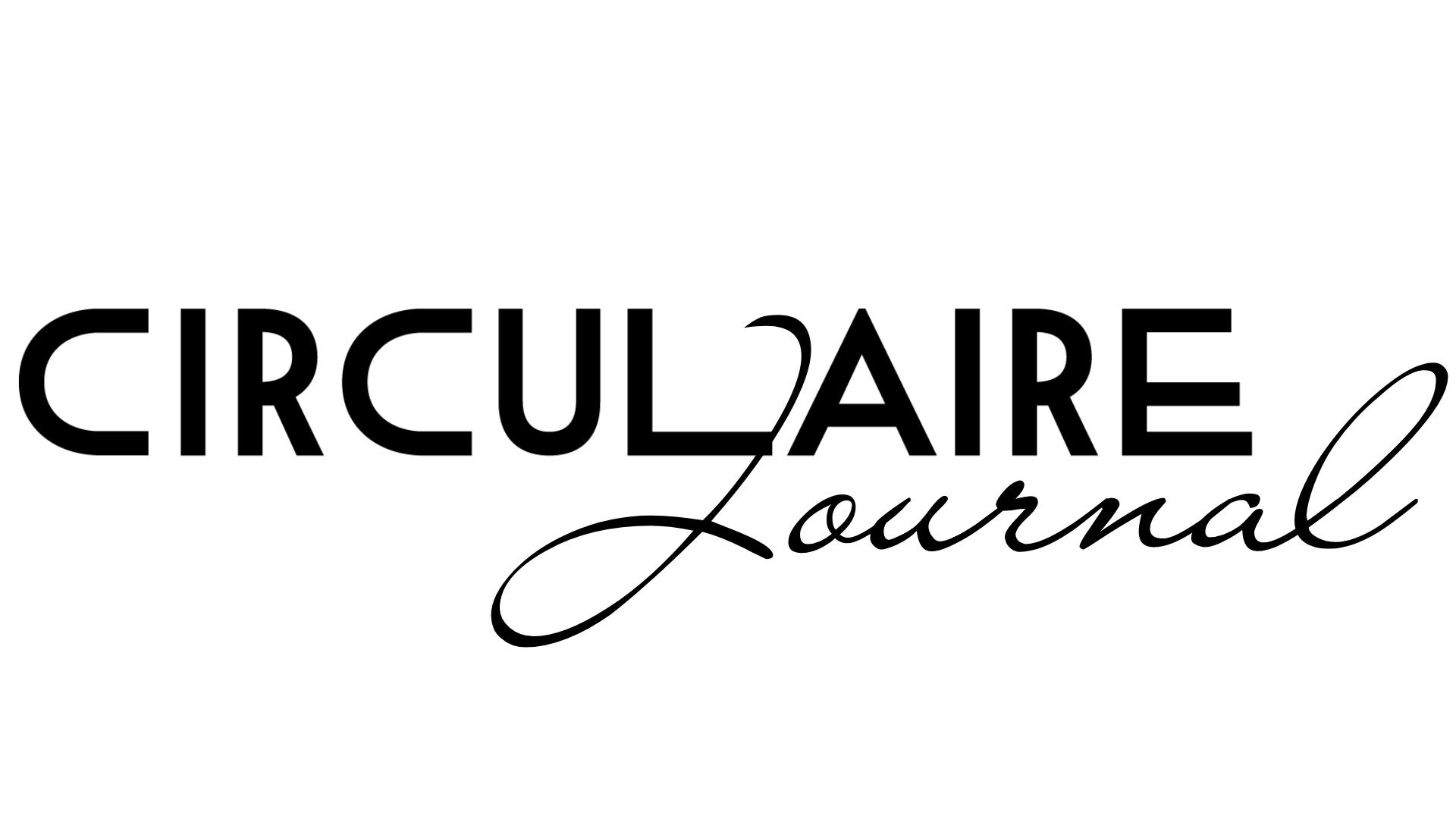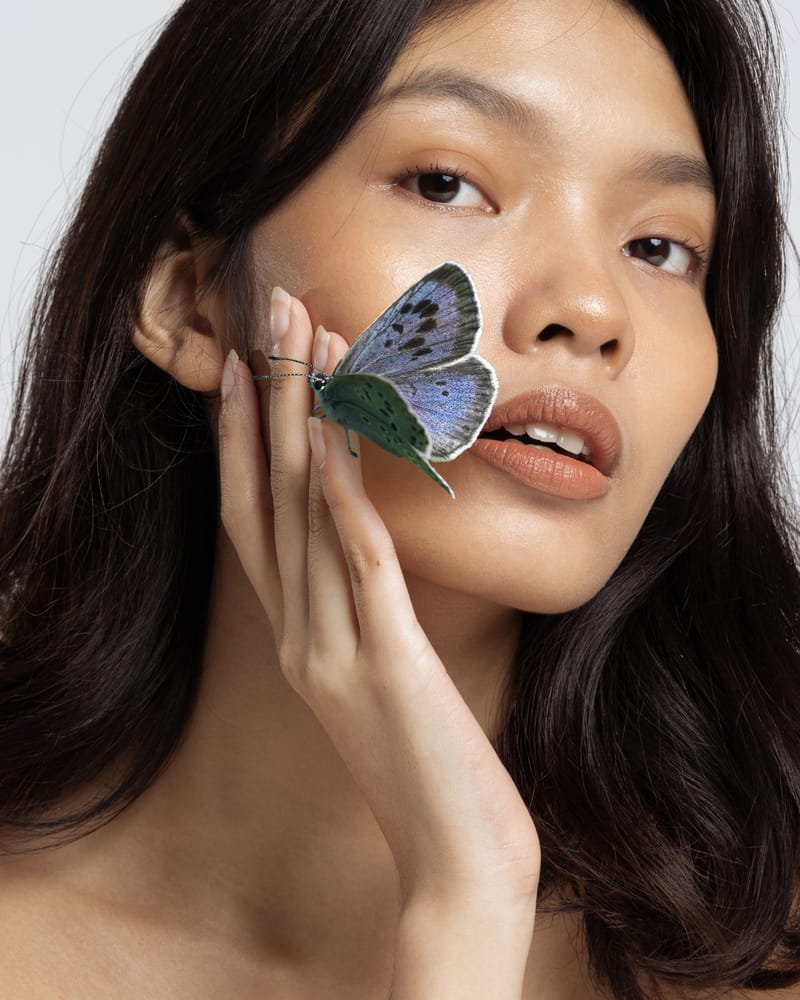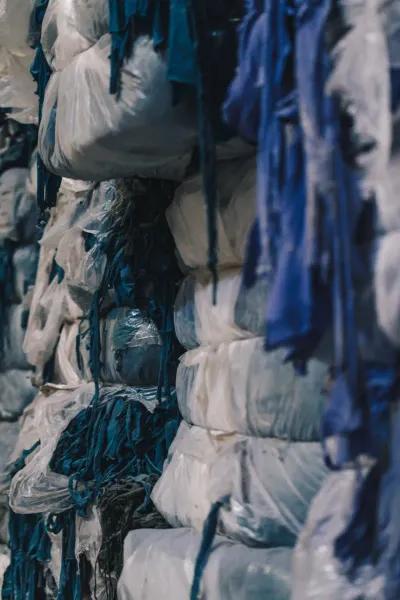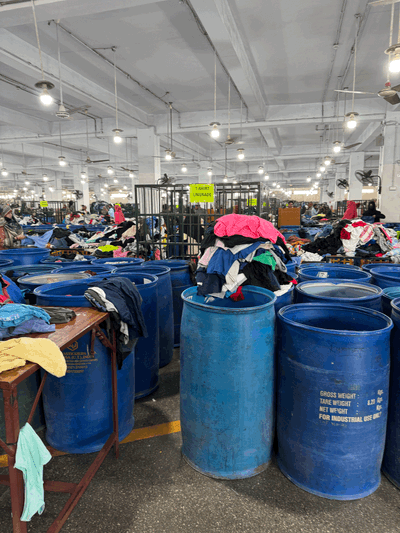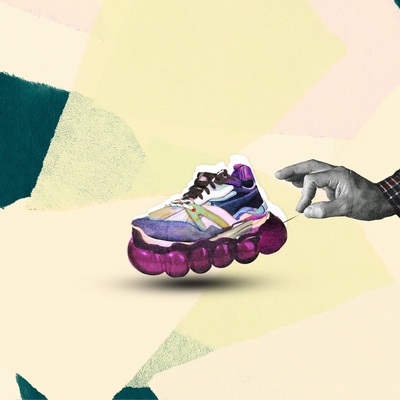Jewellery brands have seen a significant transformation in their sustainability practices over the last year, thanks to the influential role of Positive Luxury’s Butterfly Mark. Founded on principles of environmental and social responsibility, the Butterfly Mark has inspired measurable improvements in luxury jewellery brands worldwide. "We were born to action real change, for a world that desperately needs it," said Amy Nelson-Bennett, CEO of Positive Luxury.
Inspired by the large blue butterfly that now thrives in the UK following near extinction, the Butterfly Mark is designed to help luxury brands understand their impact and drive sustainable practices that align with nature and people. "Luxury has an outsized influence on consumer trends, which is why luxury has been our focus from the start," Nelson-Bennett explained. Luxury’s influence extends well beyond its market size, acting as a trendsetter for other industries to follow suit in adopting sustainable business models.
One of the key pillars of the Butterfly Mark is its bespoke approach to sustainability. Emilija Zagere from Positive Luxury’s Jewellery Lab notes, “The Butterfly assessment isn’t one-size-fits-all.” Every jewellery brand faces unique challenges, which is why Positive Luxury tailors its assessments to address the specific needs of each business. The methodology explores a brand’s impact on the environment, its treatment of workers and communities, and its overall governance.
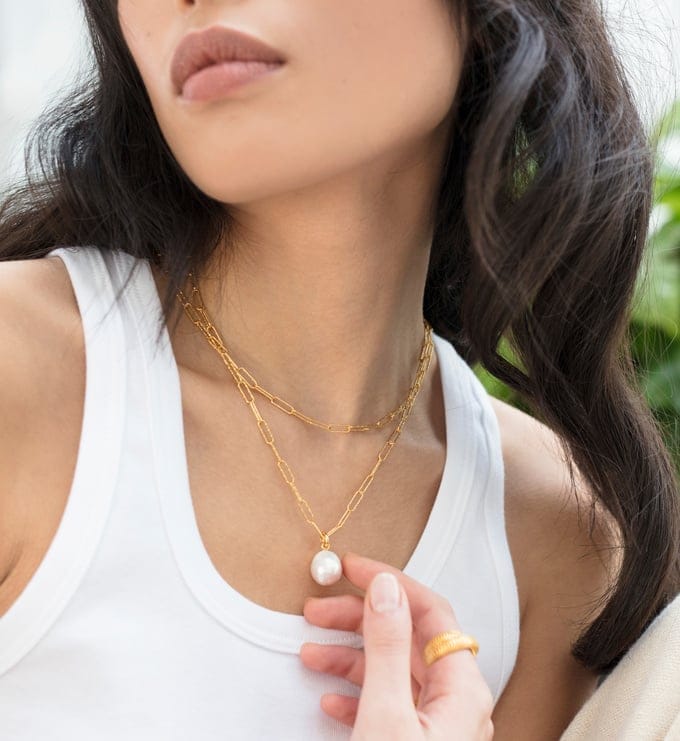
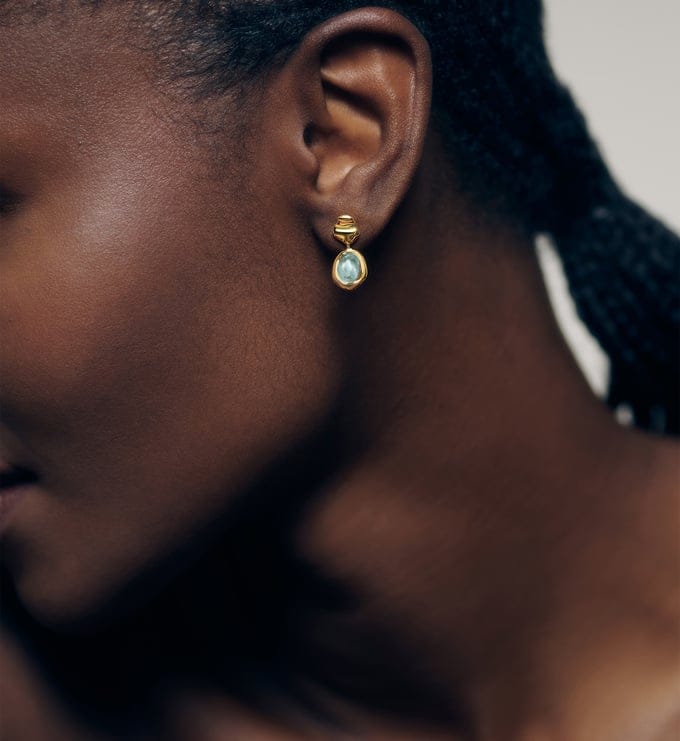
To achieve the Butterfly Mark, brands must score at least 50% across all three areas—no easy feat, as the standards are set intentionally high. Yet, over the past year, many brands have embraced this challenge, undergoing comprehensive assessments that helped them identify their sustainability risks, opportunities, and areas for improvement.
For brands that have earned the coveted Butterfly Mark, the certification represents not only an achievement but also a journey of continuous improvement. “The most significant change we’ve seen in businesses is recognising sustainability as a key pillar of their operations,” said Zagere. Many jewellery brands have now integrated Environmental, Social, and Governance (ESG) considerations across all departments, from design to procurement, to office maintenance. "Internal stakeholder engagement is key in achieving the ambitious ESG targets we help our clients set," she added.
One striking example of this transformation is seen in the jewellery brand Stephen Webster, which scored 84% in both environmental and governance pillars, becoming one of the top performers in Positive Luxury’s assessments. Webster’s commitment to sustainable sourcing, waste management, and transparency set a new benchmark for the industry. Other brands, such as Smiling Rocks and Unsaid, have also made substantial progress, with Smiling Rocks achieving an impressive 81% in social standards.
Positive Luxury’s Butterfly Mark is not just a badge of honour—it’s a tool for accountability and ongoing growth. "Our framework is underpinned by world-leading reporting frameworks and standards," Zagere explained, pointing to rigorous benchmarks such as ISO, CSRD, GRI, TNFD, and SASB. The certification process involves a meticulous review of the brand’s supply chain and operations, ensuring that claims of sustainability are backed by evidence. This is particularly critical in the jewellery industry, where traceability of materials is a persistent challenge.
“Without visibility into their supply chain, brands cannot accurately assess their impact,” said Zagere. Through Positive Luxury’s guidance, brands are increasingly adopting supplier codes of conduct and external audit tools to enhance traceability and transparency.
The sustainability improvements within the jewellery industry over the last year are nothing short of impressive. On average, Positive Luxury’s jewellery clients saw a 56% improvement across their ESG+ assessments, with many brands achieving even higher gains in specific areas. "In terms of environmental impact, we’ve seen brands improve their scores by an average of 77%," said Zagere.
The implementation of sustainable sourcing strategies, responsible procurement policies, and a focus on reducing carbon emissions has set jewellery brands on a more sustainable path. For example, Limelight Diamonds, India’s leading lab-grown diamond brand, saw a notable 37-point increase in their sustainability score, largely due to improvements in reducing scope 3 emissions and adopting rigorous supplier selection policies.
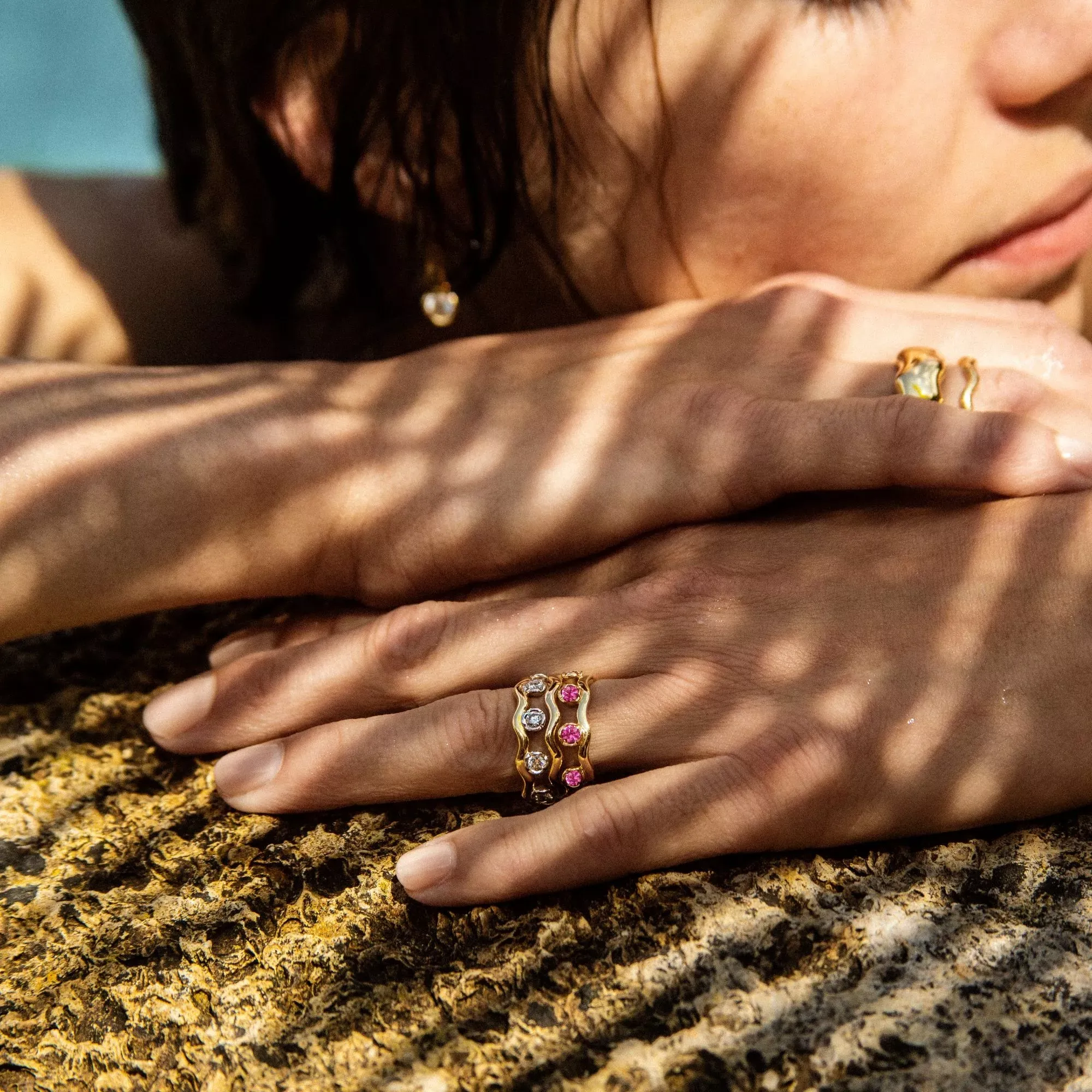
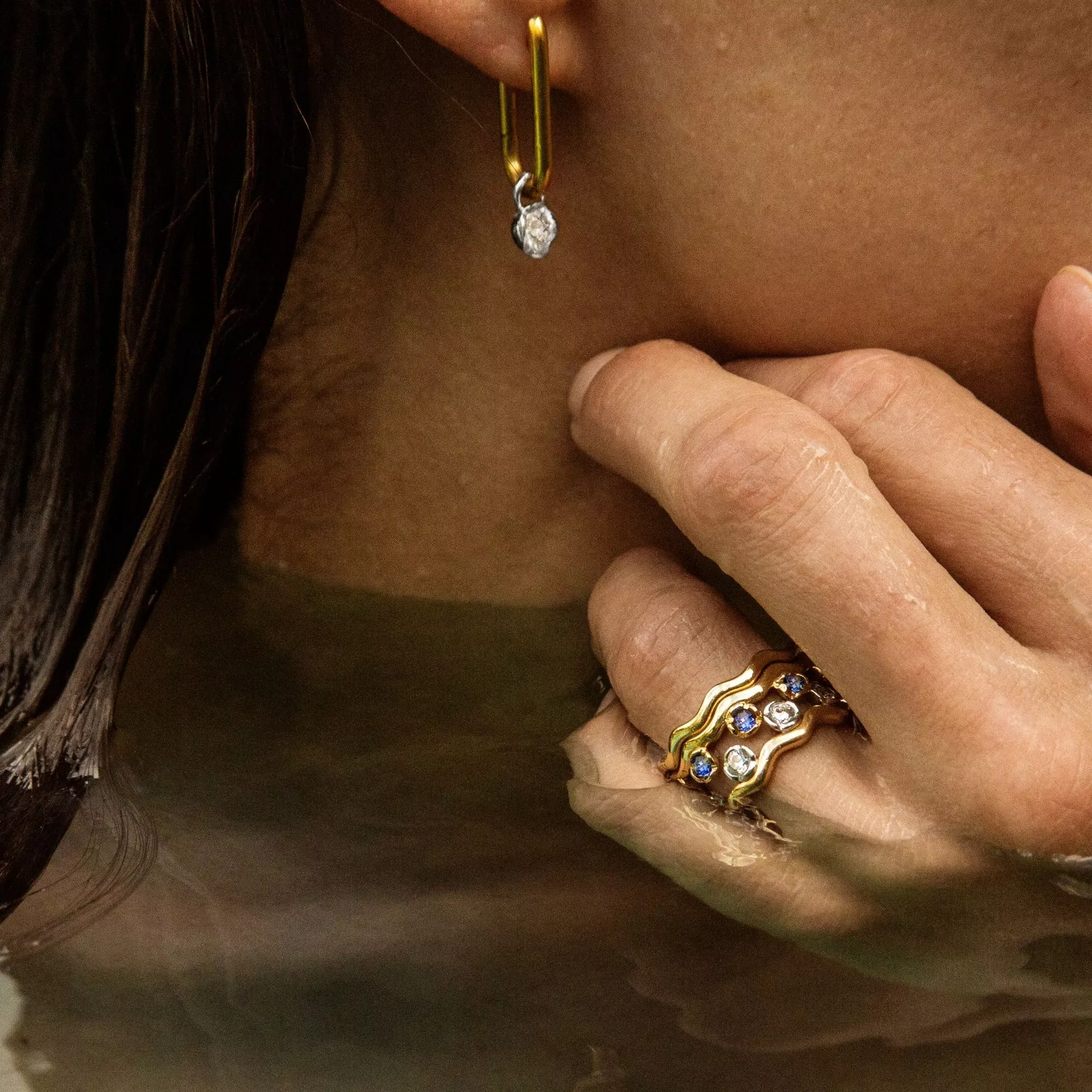
Positive Luxury’s commitment to driving sustainability extends beyond the assessment itself. Their Connected Butterfly Mark, launched two years ago, has introduced a new level of transparency to the jewellery industry. This Web3-powered tool allows consumers to easily access detailed information about a brand’s sustainability performance through QR codes and digital widgets. “Transparency is one of the biggest needs for jewellery brands and consumers,” said Zagere. Tools like the Connected Butterfly Mark enable brands to lift the opaque veil that often shrouds the jewellery industry’s complex supply chains.
The social pillar of sustainability has also seen remarkable advancements over the last 12 months. Brands within the jewellery sector are increasingly focusing on people management, diversity, equality, and inclusion, as well as health, safety, and wellbeing across their supply chains.
Positive Luxury has been instrumental in guiding brands through the process of strengthening their social impact. According to Zagere, “One of the main challenges in the jewellery industry is ensuring that sustainability trickles down into the supply chain,” yet Positive Luxury has helped businesses create stronger supplier engagement techniques and incentives for compliance.
Despite the impressive progress seen in the last year, both Nelson-Bennett and Zagere are quick to note that sustainability is a journey, not a destination. "The Butterfly Mark is the mark of real change," Nelson-Bennett emphasised, "and every two years, brands must undergo reassessment to ensure they meet the rising standards." This dynamic process keeps luxury brands on their toes, constantly pushing for better environmental and social outcomes.
Looking forward, Positive Luxury is particularly excited about the growing focus on biodiversity and circular economy principles within the jewellery sector. As Nelson-Bennett explains, "I would love to see each of our jewellery brands setting the goal to become nature positive in the mid-term, and to start taking action on that now." Positive Luxury remains committed to leading the luxury industry’s transformation by not only setting high standards but also providing the guidance and support necessary to meet them.
The past year has seen jewellery brands embrace sustainability like never before, propelled by Positive Luxury’s Butterfly Mark. Whether through enhanced supply chain transparency, stronger social commitments, or impressive environmental gains, the jewellery industry is proving that luxury can indeed be responsible. In Nelson-Bennett’s words, “Luxury has a leading role to play in transforming business models for the good of nature, people, and future generations.” The measurable improvements across the jewellery sector are a testament to that vision, and Positive Luxury’s Butterfly Mark continues to be at the heart of this transformation.
